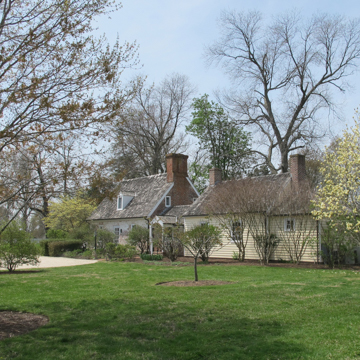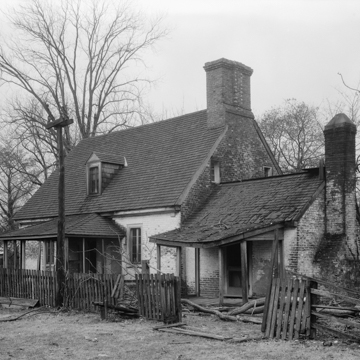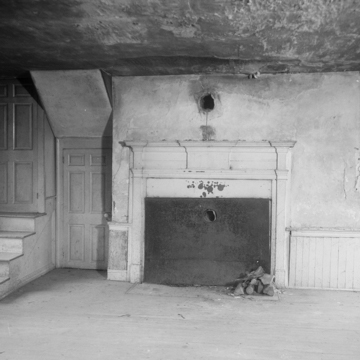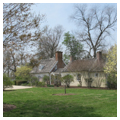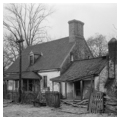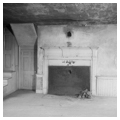The “Captain’s House” is the oldest extant building at Wye. Once thought to be a seventeenth-century remnant, experts now believe it was constructed during the second quarter of the eighteenth century, most likely as a kitchen dependency for the original Lloyd house. The building later functioned as an overseer’s dwelling. Frederick Douglass, who was enslaved by the Lloyd family’s plantation manager and overseer, lived in the small, one-story kitchen wing of the Captain’s House while at Wye in the mid-1820s.
References
Bolasny, Paloma et. al., “Wye House Plantation,” Talbot County, Maryland. National Historic Landmarks Nomination Form, 2014. National Park Service, U.S. Department of the Interior, Washington, D.C.
Ridout, Orlando, V. “Wye House: Miles River Neck, Easton Vicinity, c. 1790-92.” In Architecture and Change in the Chesapeake: A Field Tour on the Eastern and Western Shores, edited by Marcia M. Miller and Orlando Ridout V, 115-119. Crownsville, MD and Newark, DE: Vernacular Architecture Forum and the Maryland Historical Trust Press, 1998.







